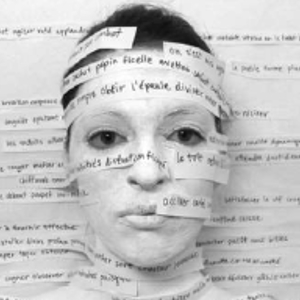Aim & Objectives
- Self-awareness
- Making relationships
- Value & Virtue: Equality
- Exploring and using media
- People & Communities
- Listening & Speaking
- Uniqueness
Learning Outcomes
- Discovery of the world
- Fine Motor Development
- Creative Development
- Socio-emotional skills

Process for the Lesson
The teacher encourages discussion throughout the sesson;
Ask the children to notice their friends seated next to
them.
Ask the pupils what difference can they spot between themselves and their friends?
The teacher informs the children that some of you have straight hair, some have curly hair and some of you have wavy hair.
Even everyone’s skin tone is different some have light skin, some may have dark skin, and some have birth marks too.
Some of you may have pets at home. Some of you may have a dog, cat, goldfish, or a tortoise.
The teacher asks the children what is their mother tongue/ languages they speak at home?
The teacher asks the children what is their favourite sport? The teacher waits for an answer. The teacher informs the children that all of you like different fruits to eat and have different colour favourites. Some of you have like rainbow colours, some of you like orange, green, black.
The teacher further informs the children that we all are
different, but we all are friends.
Ask the children to find similarities between them and their classmated/friends.
The children are now shown different portraits, porcelain & sculptures from the museum’s collection and are asked to spot the differences and similarities in them. (Follow the above process with them.)
Ask the children to make their face shape from the playdough. Can the children mould, roll and flatten the playdough to form a face shape?
Ask the children to look in the mirror and think about all the different features that they need to make on their playdough face. Show the children the collection of buttons, pasta shapes, dried beans and wool.
Encourage the children to explore these and make decisions about which ones would best represent their features. For example, they may have curly hair and decide to use fusilli pasta for their hair, they may have blue eyes and decide to use blue buttons for their eyes.








